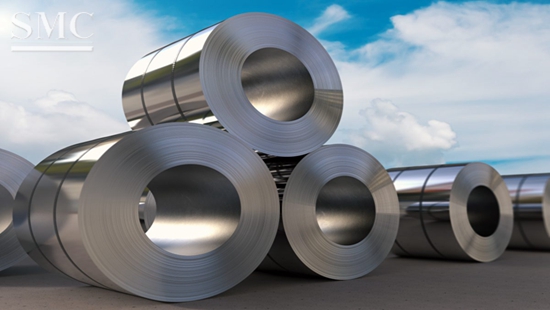The shape of the international stainless steel market has changed, in recent years. Burgeoning economic growth, in the developing world – particularly, in Asia – has contributed to growing global production overcapacity, relative to demand. In turn, the number of protectionist trade measures has increased.
China’s crude stainless steel output soared from 2 percent of the worldwide total, in 1999, to more than 50 percent, in every year since 2014. India’s production capability has increased, rapidly, in recent years, while countries such as Indonesia, Malaysia and Vietnam are now providing significant tonnages of finished steel.
While, of course, the economic development of these countries leads to growing domestic consumption, the expanding stainless steel production exceeds this demand. Consequently, extra material is introduced into the international market.
Although the United States and South Korea have maintained very moderate growth rates, in the twenty-first century, the other established stainless steel producing countries have recorded shrinking output figures, since the peak year of 2006. Japan’s outturn, in 2018, was 20 percent below that reported 12 years earlier. The European Union’s annual production fell by 23 percent, during the same time period, while Taiwan’s output was slashed by 32 percent.

Many countries or trading groups have sought to protect their home markets from imports, with restrictive or punitive measures. Antidumping duties have become increasingly widespread.
The United States’ implementation of Section 232 tariffs and quotas, in March 2018, triggered consequential actions. The European Commission’s safeguarding measures, for example, sought to prevent diversion of materials previously destined for the US market, by setting import quotas at the prevailing levels.
As industries in the emerging markets grow, their major players extend their influence, internationally. Chinese producer, Tsingshan Iron and Steel, caused ripples in the global stainless steel trade, with its development of a new large-scale production unit in Indonesia. The plant’s output has introduced substantial tonnages of competitively priced material onto world markets.
Tsingshan recently announced its plan to invest in a new cold rolling facility in the city of Busan, in South Korea. The local government, in Busan, welcomed the move, as a prospective boost to the ailing regional economy. However, the projected output, of 600,000 tonnes per year, would substantially distort the local market. The announcement led to objections from domestic stainless steel producers and processors, as well as trade bodies. Local people have taken to the streets, in protest against the proposed plant.
Guest contributors are welcome at the Alloy Wiki.It is a weekly wiki and guide on alloy information and processing technology, while also about the vast array of opportunities that are present in manufacturing. Our team of writers consists of a Machining Material Supplier / Machinist / Tool and Die Maker, a Biomedical Engineer / Product Development Engineer, a Job Development Coordinator / Adjunct Professor, and a President and CEO of a manufacturing facility.
Link to this article:Emerging Economies Transform the Global Stainless Steel Market
Reprint Statement: If there are no special instructions, all articles on this site are original. Please indicate the source for reprinting:Alloy Wiki,thanks!^^


